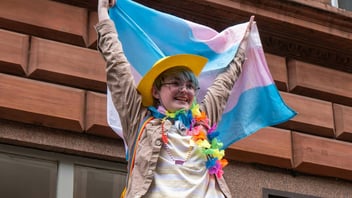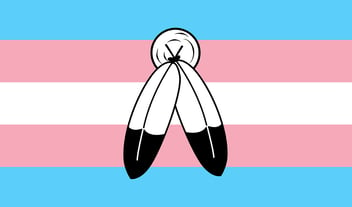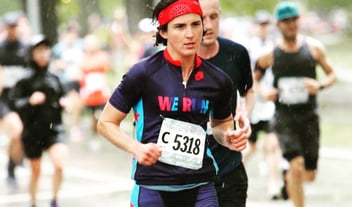Inclusive Classrooms: Thoughts from a Transgender Teacher
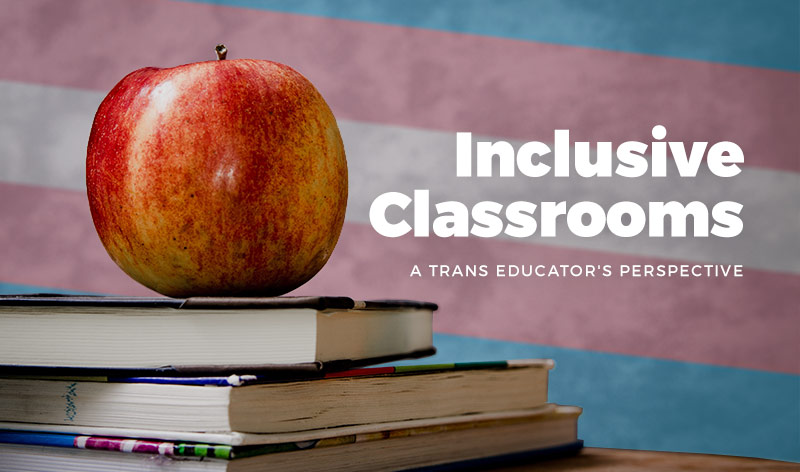
Any time I tell someone I am a teacher their first response is, “Have you always known you wanted to be a teacher?”
The joy I have in being a buzzkill only grows as I grow older and more cynical. This question always receives a laugh and a “No, I didn’t know what I wanted to be until I got to college.” Most times, people don’t ask for an elaboration after that. They wanted small talk and I shut them down. My response is never meant to be mean, just honest. To belittle my path in life to something that was meant to happen would be far from the truth.
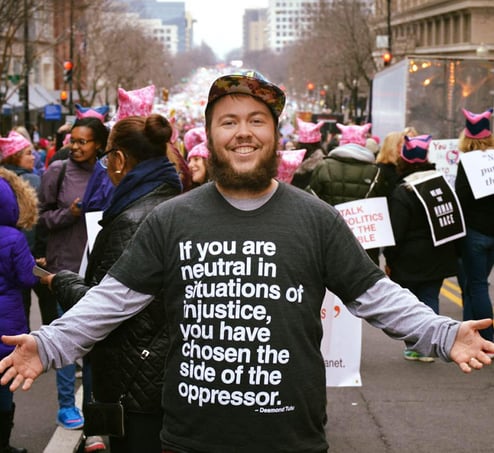
I exist as a teacher that also happens to be transgender. My story has roots in conservative small town life, coming out as a lesbian in high school, and beginning my transition from female to male in college. At some point in all of this, I changed my major to education and decided my love of talking in front of people and sharing knowledge could be shaped into a teaching career. I was not so naïve to think this path would come without resistance. Too many people in this world equate a transgender person’s existence with the potential to endanger children. I chose to be around children all day, 180 days out of the year. In college, education majors were required to observe classrooms on our way to eventually student teaching. I navigated the complications of observing classrooms while transitioning and on hormone replacement therapy, but before my name change. It wasn’t until later that I had the privilege of student teaching a year on testosterone and with a completely new name.
With only four more weeks of student teaching and six weeks before my graduation, I thought I was in the clear. Around this time, administrators remind teachers to clean up their social media — you know, delete mentions of keg stands or hide photos of Solo cups on Facebook. But as a trans person, I did not have a similar luxury to hide things. My former name was out there and my mentor teacher found it. He outed me to the school district, and if it wasn’t for an intervention from the principal, I would have been without a teaching placement six weeks before I was scheduled to graduate from college.
I graduated college in 2011 and after not having addresses for more than six to ten months and living in multiple states, I currently reside with my wife and two cats just outside of Washington, DC. I am now an elementary teacher to a group of amazing fifth graders at a school in Washington, DC.
What I have learned is we cannot exist without community. Education builds community. Resources evolve each day to better connect people to themselves and their loved ones. As an educator, I am here to be of service. This post contains resources to better support trans and GNC youth as well as a perspective of how ally cis teachers better come to know resources, and stay tuned for future articles!
The Most Important Way You Can Help Trans Students and Youth: Work Towards Inclusivity
From the time I started my transition in 2008 to the present, the amount of resources available for trans and gender non-conforming (GNC) people and their allies has grown exponentially. While it may seem like an obvious task to search for a trans YouTube channel or simply Google the words “transgender resources,” many ally teachers don’t know where to start.
I talked with a colleague at school and began with the simple question: “If a student came out to you as trans, would you know how to support them?”
After joking that she would just direct to me, the conversation actually started. My friend told me that she would know to affirm the student and be a listener, but she wouldn’t know what to do from there. She said she would “look online” for resources, but without an idea of direction to take she wouldn’t know how to focus herself amongst a plethora of information. With the right search, the support online is endless, but the true actionable steps are not in the forefront and teachers may not know what to do with the information.
She also shared that she doesn’t tolerate hateful language in her classroom, but feels like she falls short of following through on the education after a student says something that needs to be corrected — not simply reprimanding youth after saying something like the F-slur or “that’s so gay.”
The common theme between this conversation and the ones I have had on and off over the past few years is that there are teachers that seek to advocate for their students, but don’t know where to turn for building a completely inclusive classroom.
(My perspective on what a classroom looks like comes from teaching in a predominantly African American community in Southeast Washington, DC. The act of navigating resources through the lens of different communities is an important topic, but more on that next time.)
Where You Can Start to Find Resources and Information
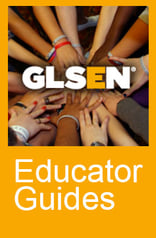 1. GLSEN
1. GLSEN http://www.glsen.org/educate/resources/guidesIt wouldn’t be a trans and GNC education post without a link to GLSEN (Gay Lesbian Straight Education Network). They are behind the start of GSAs across the country as well as the Day of Silence and No Name Calling Week. This is the direct link to educator guides on a range of topics. Not all topics are trans and GNC specific, but they offer a range of support and perspective on how to build a strong, inclusive classroom.
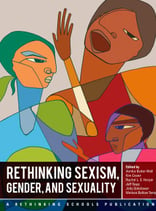 2. Rethinking Schools
2. Rethinking Schools https://www.rethinkingschools.org/about/index.shtml
Book: Rethinking Sexism, Gender, and SexualityThese two links are to the about page of ReThinking Schools as well as the book Rethinking Sexism, Gender, and Sexuality. In response to an education system that denies students a full scope of history and builds classrooms of fixed thinking, ReThinking Schools seeks to build activists through education. If we are to build schools as places for all students, we cannot simply support our trans youth through education about trans people, we have to dismantle the systems that created a society that places trans youth in danger each day.
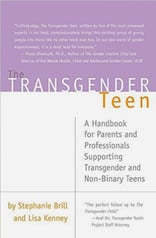 3. Gender Spectrum
3. Gender Spectrum Book: The Transgender TeenMy mother-in-law read The Transgender Child not long after I came out to her. While I may have been 20 at the time, that book was her launching off place. I am happy to see that The Transgender Teen has been published. This book acknowledges what faces youth as they grow up and seek to define who they are. This book is a great starting place for anyone who calls themselves family to a trans or GNC person to start their own queer education.
RELATED READING: Expert Resources and Guide to LGBT Inclusivity in the Classroom by The University of San Francisco
This is only the start of the conversation. Statistics for trans and GNC youth don’t usually put smiles on faces, but resources and knowledge grow each day. If we can bridge the gap between resources and how to find them, then we can start to see progress. Supportive teachers exist. Transgender teachers exist. We just have to fight to turn the table towards support, not hate.

Written by Point of Pride
Point of Pride provides financial aid and direct support to trans folks in need of health and wellness care.

